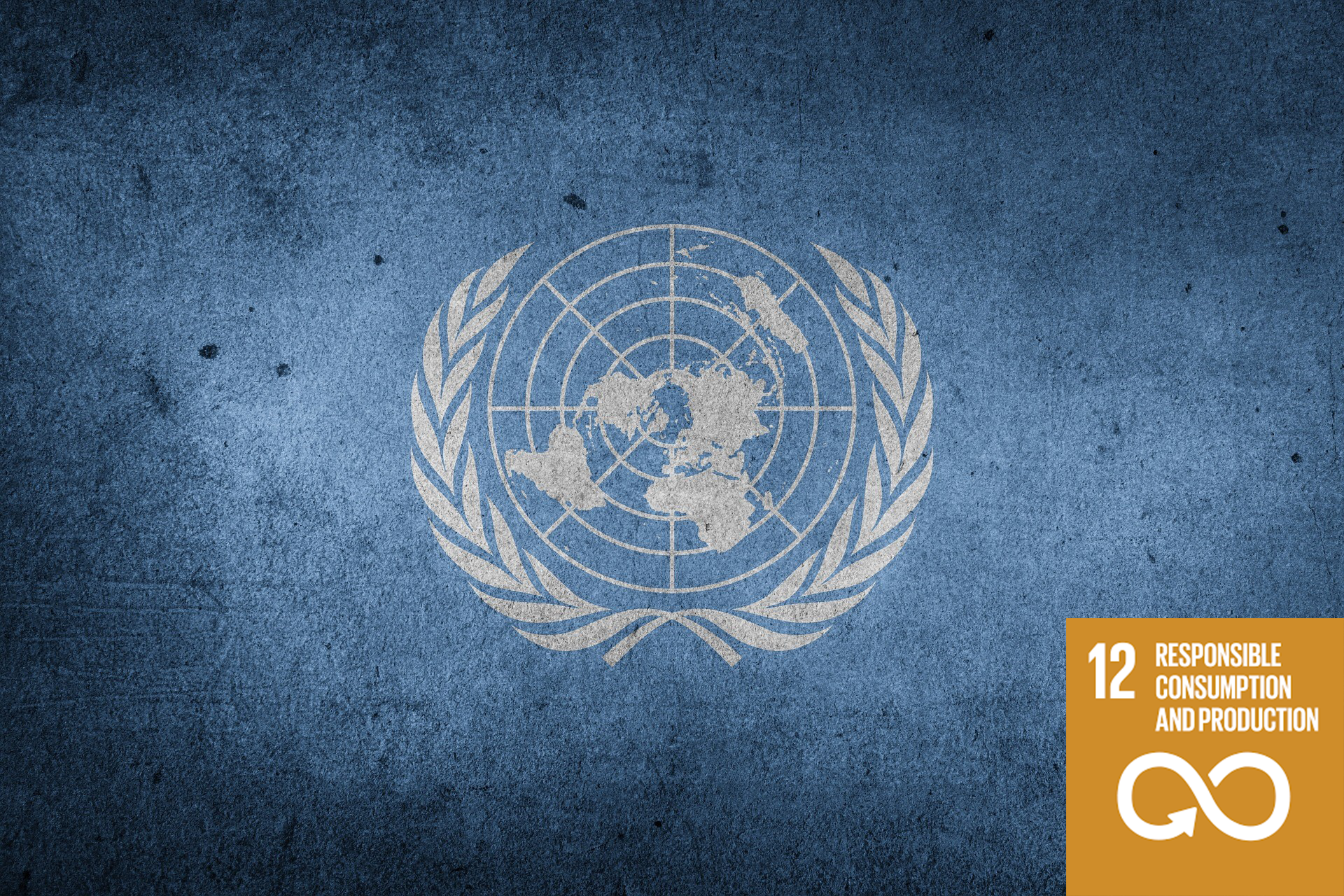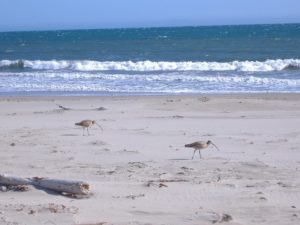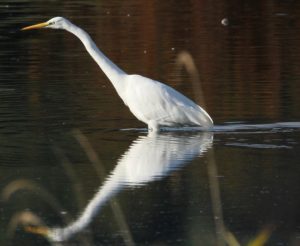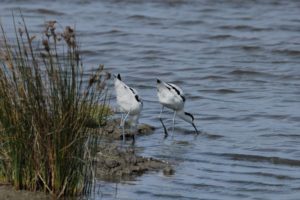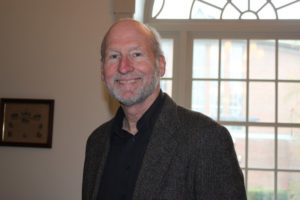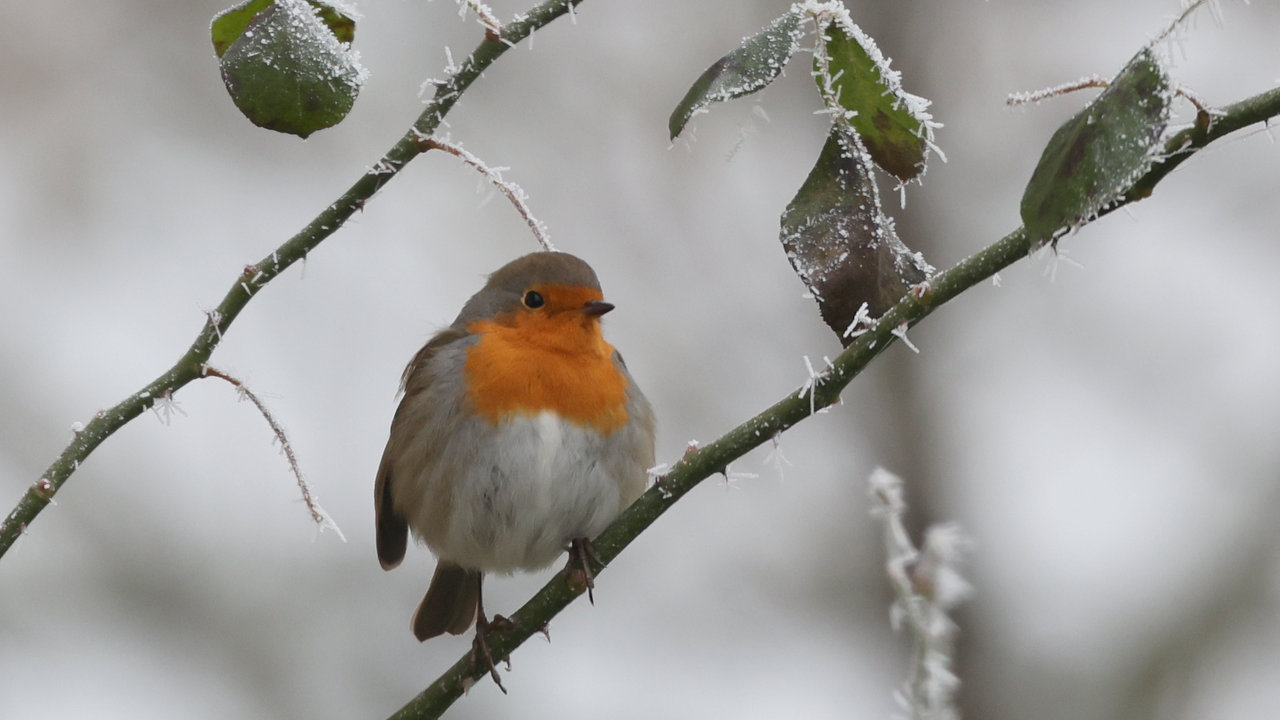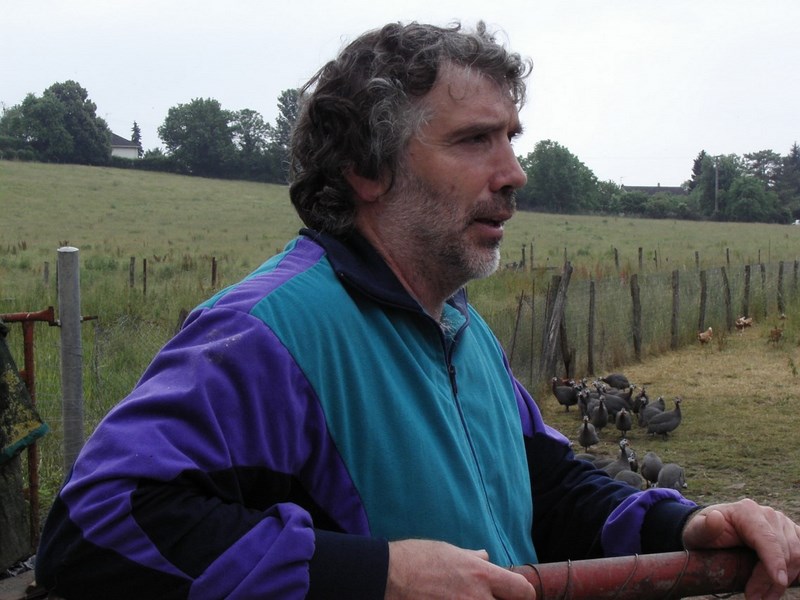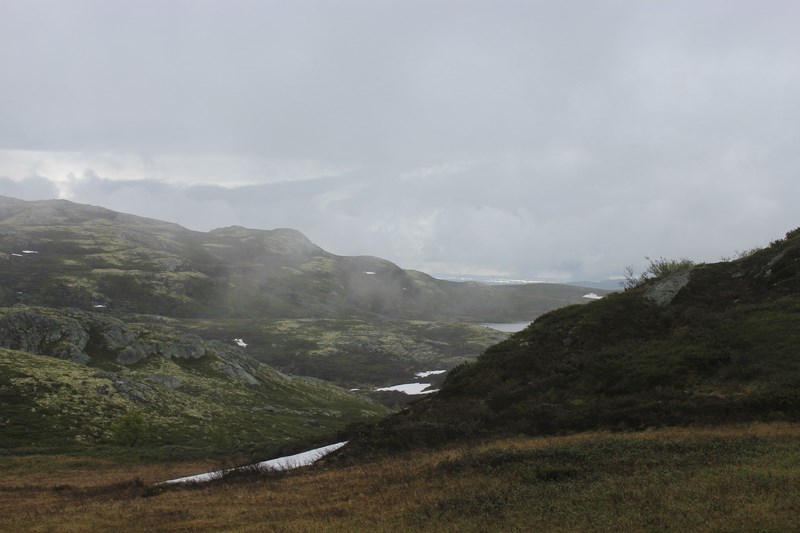
While sharing the concerns of the environmental movement over the fate of the planet, a parallel world view draws attention to the urgent need to take seriously—in any discussion on environmental issues—‘nature’ itself, including its physical and meta-physical dimensions.
Vital to proponents of nature are those unseen and immaterial life forces that have brought humankind and the visible world into existence, and generally overlooked in the politics of the environment. Prescriptions generated by the sciences alone may therefore be insufficient to meet the challenges of preserving the planet and satisfying demand for ‘happy life styles’.
Shedding the light of philosophy, the arts and religion on the decision-making process, has potential to enrich the political discourse by taking into account the transcendent values of nature as stimulants to creative intuition, ideas and principles which science cannot corroborate or produce, but which would appear to be vital to the long-term success of environmental policies.
This approach is intended to engage both head and the heart in the mission “to save our planetary home.”
World Charter for Nature
The General Assembly,
Reaffirming the fundamental purposes of the United Nations, in particular
the maintenance of international peace and security, the development of
friendly relations among nations and the achievement of international
co-operation in solving international problems of an economic, social,
cultural, technical, intellectual or humanitarian character,
Aware that:
(a) Mankind is a part of nature and life depends on the uninterrupted
functioning of natural systems which ensure the supply of energy and
nutrients,
(b) Civilization is rooted in nature, which has shaped human culture and
influenced all artistic and scientific achievement, and living in harmony with
nature gives man the best opportunities for the development of his creativity,
and for rest and recreation,
Convinced that:
(a) Every form of life is unique, warranting respect regardless of its
worth to man, and, to accord other organisms such recognition, man must be
guided by a moral code of action
Click here to read more
Since adoption of the World Charter for Nature by the United Nations in 1982, some member countries and NGO’s have tried to keep Nature central to the negotiations to protect the planet, its ecology, and biodiversity.
So far this ambition has been difficult to realize and this project remains in the wings of negotiations that give prominence to sustainable development and the necessary sciences that will protect the planet’s natural resources.
Nevertheless the movement to give prominent place to Nature has been gaining attention and sympathy. Members of the Triglav Circle have played a strong role in this movement.
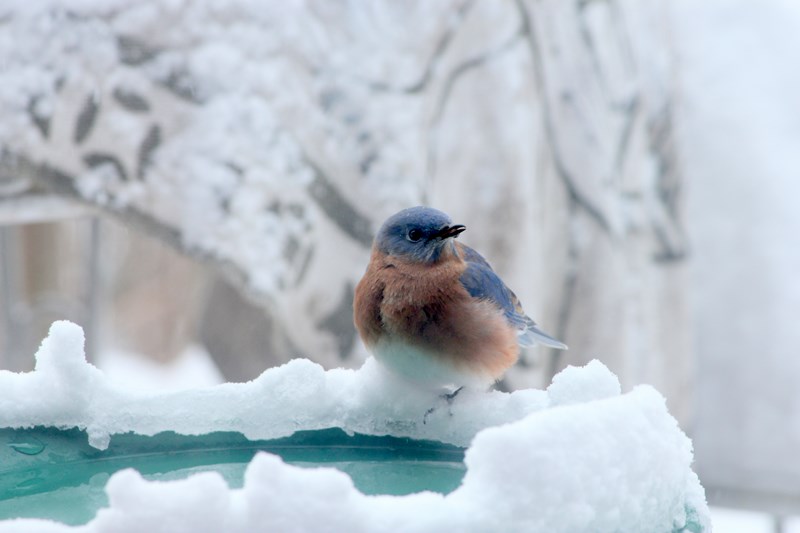
2011
Collaboration of members and friends of the Triglav Circle with the United Nations on Harmony with Nature
http://www.harmonywithnatureun.org/
In 2011, the UN representative in charge of Harmony with Nature attended a meeting of the Triglav Circle held in Manchester, NH at Saint Anselm College, inviting the Circle to participate in the forthcoming world conference on sustainable development.
This led to substantial contribution by the Circle to the UN Secretariat preparation for the Zero draft declaration for Rio Plus 20. Thirteen members attached written addenda to the Circle presentation.
Read more
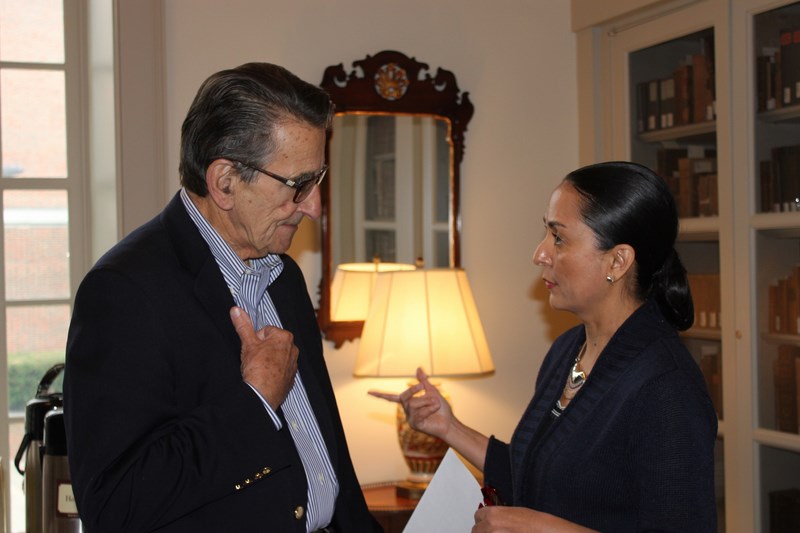
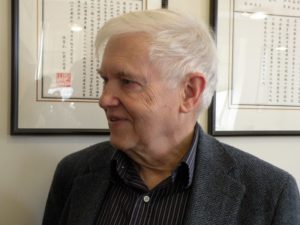
2012
“Scientific Findings on Impacts of Human Activities on the Functioning of the Earth System” Panel presentation by Professor Owen Gingerich, Harvard Smithsonian Center for Astrophysics
“We are at a perilous point where our knowledge, our powers, and our masses have the newly acquired capability to irredeemably wreck our environment. Never has more been asked of diplomacy, and never has so much hard and dedicated work been required from men and women like you. Our world hangs in the balance.”
http://files.harmonywithnatureun.org/uploads/upload408.pdf
Reason for living in Harmony with Nature
The voices of many scientists, scholars, environmental lawyers, political activists, artists and citizens are urging a vision of nature as the complex of living and non-living substance that constitutes the biosphere — the habitat of all life. They are calling upon us to stop considering nature as a collection of resources to feed the world’s economy and to start considering nature as part of an integrated ecological system deriving from and existing in an infinite universe.
Although scientists have great insight about the physical reality of the world around us, they are nevertheless unable to predict more than a fraction of nature’s behaviour. The humility that results from the recognition that our understanding of the world is only a small fraction of the actual scope of life and the universe gives renewed validity to earlier views on the importance of that “glimmer of reality” as it pertains to our well-being and our future on the planet. But even glimpses of reality, the awe they inspire and the respect they generate are better than ignorance, and they should give us reason for living in conformity with the nature that envelops all living creatures.
Barbara Baudot, quoted from statement by the Triglav Circle on Harmony with Nature, submitted to the Second Interactive Dialogue on Harmony with Nature. April 2012 (www.triglavcircleonline.org). A/67/317 12-46756 15 71 in A/67/317
Approaching Harmony with Nature
Barbara Baudot’s article Approaching Harmony With Nature, was published in the Tudor Rose publication Future Perfect commemorating the Rio + 20 Conference. The book was published in 2012 on behalf of the United Nations. The article was published as a further contribution of the Triglav Circle to the Rio + 20 process.
Link: http://digital.tudor-rose.co.uk/future-perfect/#21
…

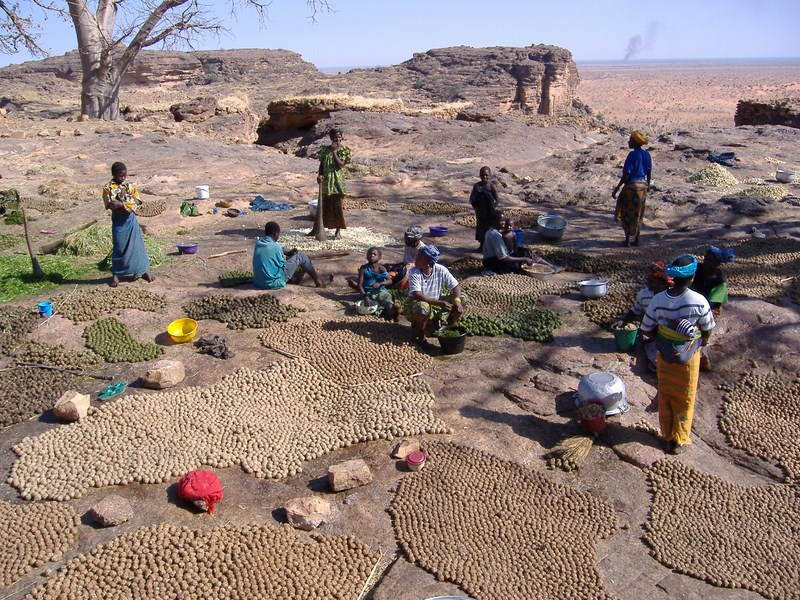
2017
Meeting of the Circle on Rurality: a Contribution to the search for a better future in Harmony with Nature; July 2017 [in French and English]
L’essentiel du court temps disponible a été consacré aux témoignages de personnes impliquées directement dans la vie locale. Ces témoignages font l’objet de la première partie de ce rapport. Les débats qui ont suivi, et qui ont porté notamment sur les questions d’agriculture et de ruralité dans quelques pays autres que la France, sont résumés dans la seconde partie.
Much of the short time available was devoted to the testimonies of people directly involved in local life. Their presentations form the first part of this report. The ensuing discussions, which included agriculture and rural issues in other countries are summarized in the second part.
2013
Different Economic Approaches to further a more Ethical Basis for the Relationship between Humanity and the Earth
Harmony, or Love and Respect for Nature, ought to be a privileged means of transforming the spirit of the time and a dominant objective of the world civilization to be constructed. For, as all forms of violence are related, all thoughts and actions informed by love are also related. The assumption of the Circle is that the search for a greater harmony with nature is not only a condition for addressing efficiently and durably environmental problems and threats, but would also help building a more peaceful, more just and more creative world .Jacques Baudot
From Statement by Barbara Baudot, president/coordinator of the Triglav Circle, 22 April 2013, United Nations Headquarters, New York, New York http://files.harmonywithnatureun.org/uploads/upload534.pdf
2014
“Nature and the Global Political Culture” Panel Presentation by Barbara Sundberg Baudot, as Professor at Saint Anselm College
“I ask you to imagine a world society as immersed in nature as it is in technology, where we use all our senses, where we feel more alive. It is my contention that “harmony with nature” is not a mere catchphrase: it is an imperative goal for society.“
http://files.harmonywithnatureun.org/uploads/upload26.pdf
“Advantages & Challenges of Organic Farming: A Farming System Based on Harmony with Nature” Panel Presentation by Jim Gerritsen, Wood Prairie Farm and president of the Organic Seed Growers and Trade Organizations [OSGATA].

http://files.harmonywithnatureun.org/uploads/upload28.pdf
Both Panel Presentations at the fourth Interactive Dialogue on HwNare recorded on UN webtv: See
Remarques sur les Nations-Unies et l’Environnement
by Jacques Baudot
Acceptons l’hypothèse qu’une organisation inter-gouvernementale et internationale est indispensable à la lutte pour maintenir habitable la planète Terre. Et ceci pour au moins deux évidentes raisons :
Farming in Consonance with nature
One of the key events of the Triglav meeting on harmony with nature in Neuchatel was a lecture and a tour of the premises of 100+ acre bio-dynamic farm by its owner Ueli Hurter, a member of the executive board of the International Biodynamic Association.
[1] http://youtu.be/psWQQC8PcjU Click on the blue link to view video.
Ueli Hurter is editor of the book Agriculture for the Future: Biodynamic Agriculture Today, published by the sector for agriculture of the Goetheanum, Dornach, Switzerland. He is a leader of the initiative Zukunft Saen! [Sowing the Future] www.avenirsem.ch. He is past president of the Swiss Demeter association and presently a joint leader of the Section for Agriculture of the Goetheanum.
The lecture covered the philosophy underlying biodynamic farming, as well as its related practices, which are clearly examples of how to work in “harmony with nature” in a healthy and highly productive way for the combined benefit of humankind, the soil, and nature in general.
[2] https://www.youtube.com/watch?v=X9Ph4bGRtpk&feature=player_embedded Click on the blue link to view video.
Biodynamic farming has been at the origins of the Community Supported Agricultural [CSA] movement in the US. The Temple-Wilton CSA, in Wilton, NH was one of the two first CSA farms established in the US, today there are over 2000 CS farms in the US. Many of these farms are biodynamic or organic.
2015-2016
2016 Virtual Dialogue on Harmony with Nature – Theme: Earth Jurisprudence
127 international experts from different continents, totaling 33 nationalities, participated in the virtual dialogue on Harmony with Nature and addressed Earth jurisprudence from the following eight disciplines: Earth-Centered Law; Ecological Economics; Education; Holistic Science*; the Humanities**; Philosophy and Ethics; the Arts, Media, Design and Architecture; and, Theology and Spirituality.
Eighteen members of the Circle contributed as “experts” to this first international dialogue on Harmony with Nature sponsored by the UN General Assembly. The theme was “Earth Jurisprudence.”
The Triglav members and friends of the Circle making substantive written contributions include:
Ecological Economics: AdamaDiarra [Mali], Kishore Mandhyan [India] J. Dirck Stryker [US]
Education:John Elder [US], Lincoln Geiger [US]
Holisitic Science: Owen Gingerich [US], Hideo Shingu [Japan], Stephan Mayer [US], Jeanne McKibben [US]
Philosophy and Ethics: Barbara Baudot [US/France], Charles Courtney [US], Patricia Damery [US], Eduard Dommen [Switzerland], Richard Falk [US], Oliver Smith [UK], TS McMillan [US],
Theology and Spirituality: Arthur Dahl [Switzerland], Konrad Raiser [Germany].
All these contributions are linked to the following site: http://files.harmonywithnatureun.org/uploads/upload460.pdf
As the global facilitator for the disciple of Philosophy and Ethics, Barbara Baudot was responsible for drafting the summary report for this group for the Secretary General’s Experts Summary Report on Earth Jurisprudence. As the global facilitator for the Education discipline John Elder wrote the summary for this group of experts for this Secretary General’s Experts Summary report.
http://www.un.org/en/ga/search/view_doc.asp?symbol=A/71/266
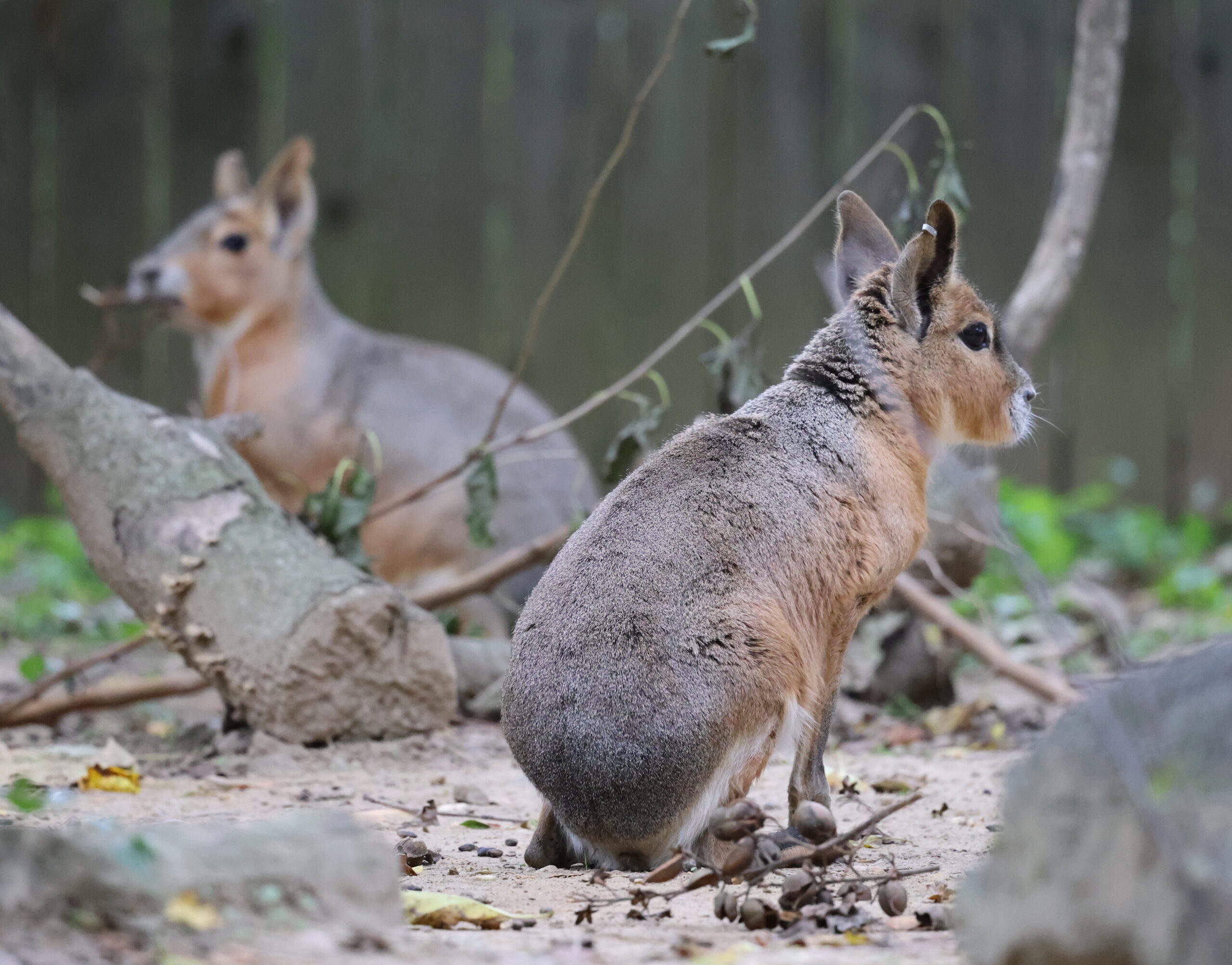
2020
Report on the 24 October 2020 Zoom meeting of the Triglav Circle
Alienation from nature is embedded in modernity. Fundamental to the prevailing world view rooted the Western world mindset, is the degree to which success, fulfillment, happiness, even spirituality are associated with technological progress. Nature provides the sinks for polluters and the resources for industry. Nature is not to be harmonized with. Until the world adopts a critical perspective on modernities’ acquisitive culture, it will be difficult to move beyond a destructive relationship between humanity and nature. The reciprocity between indigenous societies and nature hardly exists in modern productivist cultures and must be restored if life on the planet is to be worth living.
Article 12.8 Sustainable Development Goals for 2030
"Ensure that people everywhere have the relevant information
and awareness for sustainable development
and lifestyles in harmony with nature"
Reflections on a Goal of the United Nation 2030 Agenda for Sustainable Development
Statement made by Triglav Circle – ECOSOC 2020
This target raises the principal question: What information and awareness are essential to the realization of sustainable development and lifestyles in harmony with nature?
- First it is necessary to consider how the world understands ‘nature.’
- Second it is necessary to consider the indicator 12. 8. 1: The extent to which [i] global citizen education and [ii] education for sustainable development [including climate change education] are mainstreamed in [a] national education policies [b] curricula [c] teacher education and [d] student assessment.
First : What is the ‘nature’ the world is to harmonize with?
‘Nature’ is more difficult to define than ‘environment’ because it has different connotations depending on the level of human perception and the values assigned to it at each level. .” In common parlance ‘nature’ can have both physical and metaphysical connotations, terms whose meanings are often intertwined. For example nature has been described as a composite of visible and invisible parts of an infinite organism. Discourse on being ‘in harmony with nature’ contrasts nature’s instrumental value as resources for human use with its extrinsic value as a phenomenon of beauty, or its intrinsic value, which is ‘in and of’ its own substance—independent of human appreciation. Significantly, the intrinsic value cannot be ignored because of the many unknown phenomena of Nature veiled in its transcendent dimensions with relevance for human existence.
Second: What will be the content of Global citizenship education for development in harmony with Nature?
If education is limited to what is seen in the physical universe, it is unlikely to bring about any semblance of efforts to harmonize with nature. Scientific knowledge is always changing. Not to deepen understanding with insights of reality fed by Nature and the universe, is to “wrestle in the dark with an unknown opponent.” All the more so because as physicist Brian Greene notes: “assessing life through everyday experience is like gazing at a Van Gogh masterpiece through a coke bottle.”
Sadly this is just what the international community has been doing—assessing life through the green glass of a coke bottle. Since the 1960’s “environment politics” dominates the political discourse concerning nature. In the SDG’s the word Nature appears once. It is the word environment which displaced nature in the 1960’s that echoes in debates. Only sensitivity to the intrinsic values of nature can inform humanity that a holistic approach to the environment can restore harmony with nature.
Nature’s advocates include philosophers, poets, artists, musicians in addition to natural scientists and a host of other thinkers. Their other-sourced knowledge expands horizons of thinking, encourages imagination, and offers the poetic inspiration essential should sustainable development be truly in harmony with nature, as opposed to a mere balancing of natural resources with concrete carrying capacities of the earth to provide them.
Barbara Sundberg Baudot, April 2020.
See item 156 under statesments of NGO in special consultation status with ECOSOC in
https://sustainabledevelopment.un.org/hlpf/2020#debate,.
Statement made by Triglav Circle – ECOSOC 2020
Submission on Harmony with Nature by Barbara Baudot
The focus of the Triglav Circle is on Goal 12, Target 12.8 “By 2030, ensure that people everywhere have the relevant information and awareness for sustainable development and lifestyles in harmony with nature.”
This target raises the principal question: What information and awareness are essential to the realization of sustainable development and lifestyles in harmony with nature?
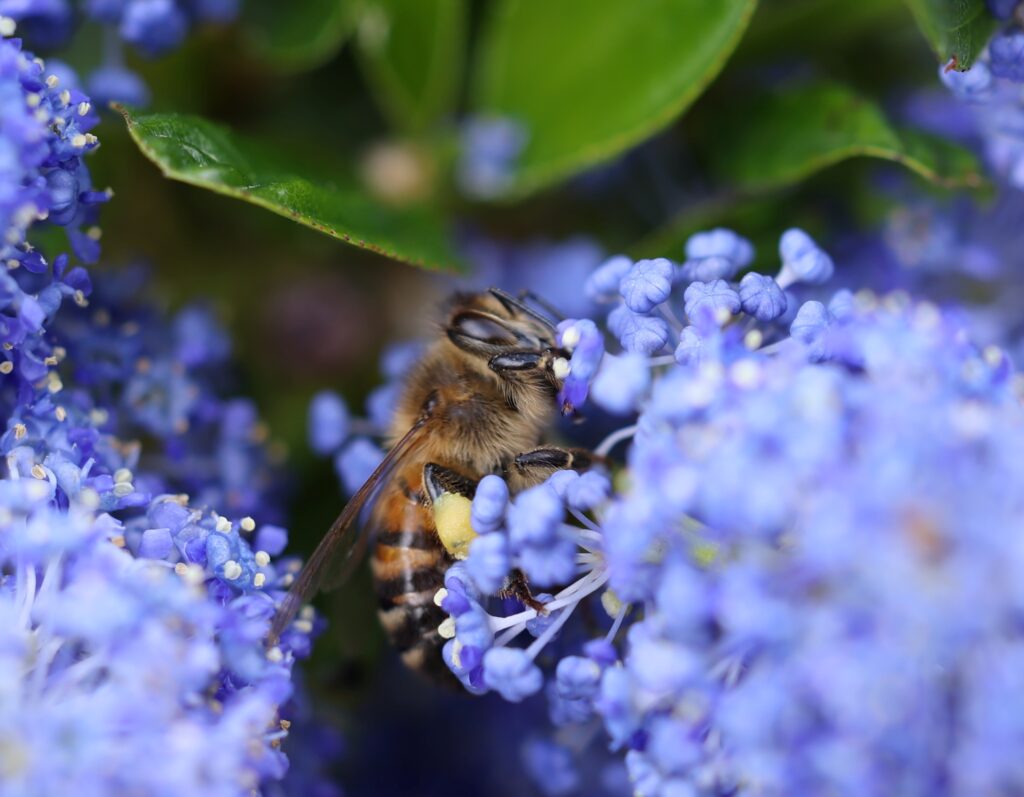
Harmonie avec la Nature Rapport du Sécretaire général A/75/266
En raison de la pandémie de maladie à coronavirus (COVID-19), le dialogue interactif a été annulé. Le présent rapport s’inscrit ainsi dans le contexte d’une crise sanitaire mondiale. Rédigé dix ans après la tenue du premier dialogue interactif de l’Assemblée générale sur l’harmonie avec la Nature, qui s’est tenu en 2010, et commémorant une décennie d’activités programmatiques depuis l’adoption de la première résolution sur l’harmonie avec la Nature en 2009, il contient un aperçu de certaines des avancées les plus récentes et les plus prometteuses concernant la question de la jurisprudence de la Terre, l’accent étant mis sur l’économie écologique et le droit axé sur la Terre, qui trouvent leurs racines dans des enseignements non anthropocentriques. Dans ce rapport, le Secrétaire général met en lumière les résultats obtenus au second semestre de 2019 et au premier semestre de 2020, qui témoignent du changement de paradigme opéré dans la mise en oeuvre du Programme de développement durable à l’horizon 2030, à savoir la volonté de passer d’une société centrée sur l’être humain à une société centrée sur la Terre.
Harmony with Nature Report of the Secretary-General A/75/266
Owing to the coronavirus disease (COVID-19) pandemic, the interactive dialogue was cancelled. The context of the present report is therefore one of a global human health crisis. Written 10 years after the first interactive dialogue of the General Assembly on Harmony with Nature, held in 2010, and commemorating a decade of programme activity since the adoption of the first resolution on Harmony with Nature in 2009, the report contains an outline of some of the most recent and hopeful advances on Earth jurisprudence, with a focus on ecological economics and Earth-centred law, rooted in non-anthropocentric teachings. In the report, the Secretary-General highlights achievements made in the second half of 2019 and the first half of 2020 that further demonstrate a paradigm shift from a human-centred to an Earth-centred society in the implementation of the 2030 Agenda for Sustainable Development.
Harmony with Nature supplement
This special Supplement complements the Report on Harmony with Nature (A/75/266). The Supplement includes over 170 inspiring range of cases and developments in Earth Jurisprudence, advances in law and policy, and initiatives in both formal and informal education, learning and public outreach activities worldwide, during the second half of 2019 and the first half of 2020.
Advances which are contributing to the non-anthropocentric or Earth-centered approach for the protection of planet and people.
2021
Statement made by Triglav Circle- ECOSOC 2021
ECOSOC High-level Segment on Sustainable Development Goals and Covid 19
2021 session 13 July 2021 – 16 July 2021
Agenda item 5 ECOSOC High-level Segment Statement submitted by organizations in consultative status with the Economic and Social Council * The Secretary-General has received the following statements, which are being circulated in accordance with paragraphs 30 and 31 of Economic and Social Council resolution 1996/31.
Agenda Item 5—354. Triglav Circle
Convention on Biological Diversity – Update of the Post-2020 Global Biodiversity Framework CBD/POST2020/PREP/2/1
Biodiversity, and the benefits it provides, is fundamental to human well being and a healthy planet. Despite ongoing efforts, biodiversity is deteriorating worldwide and this decline is projected to continue or worsen under business as usual scenarios. The post 2020 global biodiversity framework4 builds on the Strategic Plan for Biodiversity 2011 2020 and sets out an ambitious plan to implement broad based action to bring about a transformation in society’s relationship with biodiversity and to ensure that, by 2050, the shared vision of living in harmony with nature is fulfilled.
Publications on Harmony with Nature
ECOLOGIE PROFONDE
by Philippe Roche
Je me sens proche de l’écologie profonde d’Arne Naess (1912 – 2009) dans sa recherche d’harmonie et d’équilibre écologique et sa proximité avec la Nature.
NATURE AND THE GLOBAL POLITICAL CULTURE
BY BARBARA SUNDBERG BAUDOT, PH.D.
Human beings have a role to play, which each is free to play or not; each is a link in a chain and not a piece of straw to be carried away by a torrent. In the end, human dignity is not a word spoken in vain; by ignoring or refusing dignity human kind lowers itself to the level of the brute.
IDEAS ON HARMONY WITH NATURE
BY ARTHUR DAHL
It might help to consider our topic, the role of nature in the politics of the environment, in the context of the following steps that define how our relationship with nature (the phenomena of the material world) has evolved down the centuries, from primitive man to the present.
POURQUOI LA NATURE EST-ELLE ABSENTE DES PREOCCUPATIONS POLITIQUES ACTUELLES?
BY PHILIPPE ROCH
L’idée que l’homme fait partie de la nature, en soi juste, permet souvent de justifier toutes les activités humaines, même celle qui détruisent la nature : une autoroute, une construction, un défrichement, la chimie, les OGM et le nucléaire seraient ainsi la Nature.
THE PLACE OF VALUES IN GLOBAL DECISION MAKING
BY OLIVER SMITH
Value and Values in relation to nature and conservation
The conservation movement globally is a huge force for good and organisations like WWF have made a vital contribution to these efforts for more than half-a-century. However, despite some remarkable successes, biodiversity loss continues apace. On-the-ground conservation programmes are of course crucial, but alone they are not sufficient.
MIEUX VAUT SE RENSEIGNER —TO INFORM ONE’S SELF
BY EDOUARD DOMMEN
Un être humain, tout comme un animal, n’est pas qu’un organisme individuel. Il forme déjà un écosystème, une communauté d’organismes distincts qui oeuvrentchacun à sa manière au fonctionnement de l’ensemble (vignette).
Healing Our Relationship with Nature by Arthur Dahl
Nature is one of those words that we take for granted. It can be defined as the phenomena of the material world, including the biosphere which was created and is maintained by living processes. In the Western world, where most people live in the built environment, and in urban populations everywhere totaling half of humanity, nature is seen as something external, perhaps to be admired or visited, but not really essential. Even if nature is seen as important, we more readily accept our physical dependence on nature and natural resources than any real link to our psychology, personality or spirituality. This has not always been the case, and is not true for many other cultures. This breakdown in our relationship with nature has not only led to serious environmental problems, but is also behind psychological and even spiritual problems for many today.
What can be the meaning of the word nature for people living in cities by Marie-Aimee Latournerie
What perception of nature can one have while living in the city?
The question deserves to be explored since, according to a UN study made public, by 2050 68% of the world population will live in urban areas compared to 55% today.
Nature, urban dwellers, and consumer societies by Adama Diarra
Nature is perceived and defined regarding rural or remote spaces far from cities and consumer societies. So, it refers to physical things like trees, rivers animals, beauty etc. and it refers also to spiritual and metaphysical things. For example, communication with ancestors is usually organized in a nature setting.
In this context, it is challenging for urban dwellers and consumer societies with their lifestyles to behave in harmony with nature for the following reasons:
« La Nature pour sortir du COVID 19» by Philippe Roch
Dans la Nature les relations multiples entre les organismes, les espèces et leurs écosystèmes empêchent des ruptures brutales qui pourraient nuire à la communauté du vivant. C’est par une fissure dans ce système cohérent mis à mal par la prolifération humaine, la surexploitation des ressources naturelles, la destruction des écosystèmes, l’élevage intensif, le commerce d’animaux sauvages et les pollutions qu’un virus comme le Covid 19 a pu se développer hors de tout contrôle et se répandre rapidement sur la Planète entière.
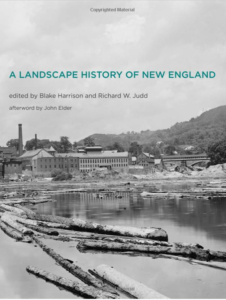
Afterword
by John Elder
Climate change is a catalyst for assumptions about sugaring and forestry in Vermont and on a larger scale reassessment of every other aspect of country landscapes.
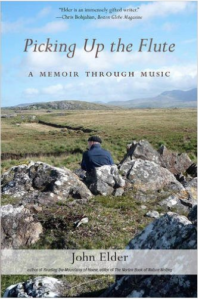
Foregone Hills
by John Elder
How much of the world do we have to destroy in order to save it?

Ma spiritualité au coeur de la Nature
My spirituality in the heart of Nature
Faire la paix avec la terre
Make peace with the land
D’autres livres par Philippe Roch sur son site internet
See other books by Philippe Roch on his website

An underlying story about harmony with nature:
by Barbara Baudot
Bringing “nature” back to the center stage of modern environmental politics reveals what additional measures are necessary to the policies that have already been adopted… It could bring to world attention the view that the prerequisite for any progress in reversing the present trends and saving the environment is a change in assumptions about what is important in life and what constitutes the actual roots of happiness. Discussion might turn to life styles, and values that drive these life styles. A prerequisite for any effective environmental policy is radical change in heart and spirit. In holding this view Vaclav Havel wrote:
“Only humankind’s understanding of its place in the universe will allow the development of new models of behavior, scales of values, and objectives in life and, through these means, to finally bind a new spirit and meaning to specific regulations, treaties, and institutions. Vaclav Havel
Letter to New Zealand’s Parliamentary Commissioner for the Environment regarding an Environment First Act by Jeremy Thompson
The video clip of your 1st report to Parliament emphasises the long-term nature of the need for planning and the link to a bi-partisan approach to New Zealand’s Environmental Plan.
May I share a major concern and then move directly to a suggestion for a legislative initiative that would cement your intent in the House?
Presentation drawn from his essay “Foregone Hillsides” by John Elder
Arundhati Roy, in a Financial Times essay published in April of 2020, described the era of Covid-19 as “a portal, a gateway between one world and the next.” This imagery, of a transformation to be accomplished by crossing a mysterious threshold, offers an alternative to the positivist language of political analysis and activist strategy. It suggests that collective experiences of suffering and loss may also be vehicles of change, not only in the context of a pandemic but also in the broader ecological political disasters of our day.
Interdependencies with Nature by Noriko Hashimoto
A number of devastating disasters occurred in Japan between 2017 and today. The media said that such disasters were beyond our imagination and our scientific assumptions. They included heavy rains, a wide range of floods, a large typhoon, an earthquake, and landslides, etc. All these disasters came from global warming. And global warming comes from human economic activities with CO2 emissions. It is because there are interdependencies around the globe, between sea and land, ocean and air currents, and so on.
Reduction of marginal supply by keeping away from the rule of “invisible hand” by Hideo Shingu
The basic cause of the plight of the nature of earth, which has been built through the past millions of years, is the extravagant usage of energy by us human beings. Each of us can live with a BMR (basal metabolic rate) of 2000 kcal/day while in “advanced” countries people use over 40,000 kcal/day which nearly equals the BMR of an elephant!
Imagine if the population of elephants is 7 billion, and devouring nature on earth – one could then easily understand the difficulty of preserving nature anywhere on earth.
Honestly speaking in present society people act freely world over in limitless pursuit of utility led by an invisible hand.
Highlights
Human rights and nature
Nature and global political economy
Economic goal and nature
Improving the art of living and green lifestyles
Balancing human appetites and nature's sources
Organic farming and feeding humanity
